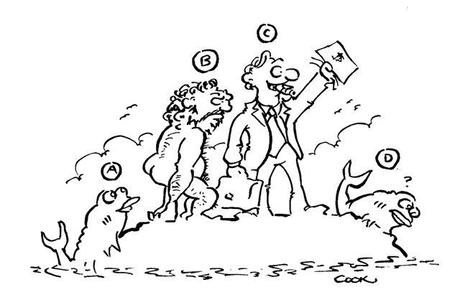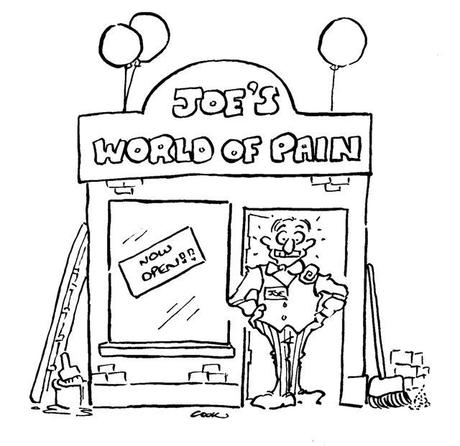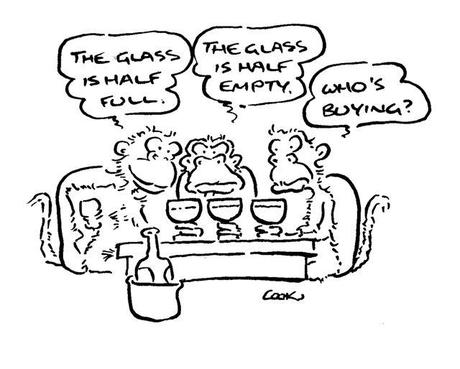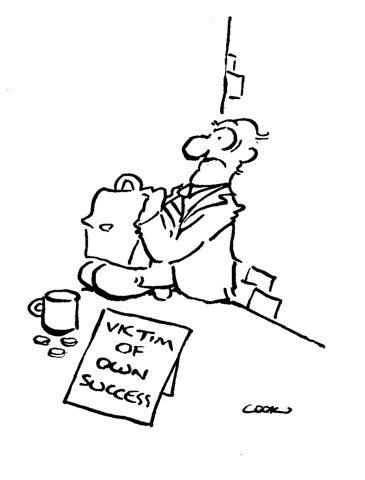 Strategy and the business life cycle.
Strategy and the business life cycle.
As a young boy growing up in Sydney, my mother would take me on shopping trips to the city. We would visit at least two of the eight department stores that dominated retail. Housed in monolithic buildings, they had multiple floors of high-ceilinged departments, reached by ornate elevators driven by liveried humans.
Shortly after, retail changed dramatically. Discount houses arrived; developers discovered suburban malls; big department stores either shut down or were taken over by competitors. Today, only two large players remain.
Some facades still stand. Heritage listed, they form quaint streetscapes at eye level. Look skyward and there are high-rise towers climbing out of the skeletons housing multiple stories of apartments or offices. Retail has left the building.
 What happened?
What happened?

Nothing more than the cycle of business. Few firms last beyond a few decades. We can all recall household brand names that no longer exist. Like their products, most firms go through an acknowledged cycle: start-up, growth, maturity and, unless somehow reinvented, decline.
It is even planned that way. I have never seen a proposal that calls for a new firm to stay in the exciting startup stage forever. Most aim for some kind of stable, almost mature, existence within five years.
The cycle demands strategic shifts
Limited capital and tight cash often characterize the early stage. Turnover, not profit, is the driver. Risk is often high, but competition will be limited at first and sales growth can look spectacular coming off a low base.
In the growth stage, expect new challenges. If the business is going well, tougher competition will soon emerge. Sales growth eases and management issues arise. To grow volume and market share requires focus on branding, diversifying your range and differentiating product offerings.
If you make it to the mature stage, the market may be saturated but you still have a strong share of it. Your product range is broad and internal processes are established. Constant promotion is still a priority but growth 
Next, say hi to inertia and hubris.
Avoiding decline is the hard part. Consumer preferences have shifted and market share is falling. The essential strategy is to reinvent, but the internal processes that made the firm efficient in the mature stage now hinder change.
Firms that survive this stage make radical changes. They focus on their powerful 20 and eliminate their weakest 80. They raise funds by cutting costs, harvesting volume and liquidating unprofitable assets. They apply this cash to an inventive return to the start of the cycle, reconstructing their firms to capture the enthusiasm and innovation of the start-up stage.
 Where are you in this cycle?
Where are you in this cycle?

Successful management means adapting strategy to this shifting environment. Be prepared to take a lateral view of your business. Sticking to the knitting is one thing, but your strength may not lie in your product. It could be your processes, your distribution chain or your workforce. Maybe you can knit something else. General Electric began with turbines, but it’s leasing program led it to reinvent as a finance company.
To identify the best course of action, stand back from your business. Get a cyclical perspective on both your product and your firm.


